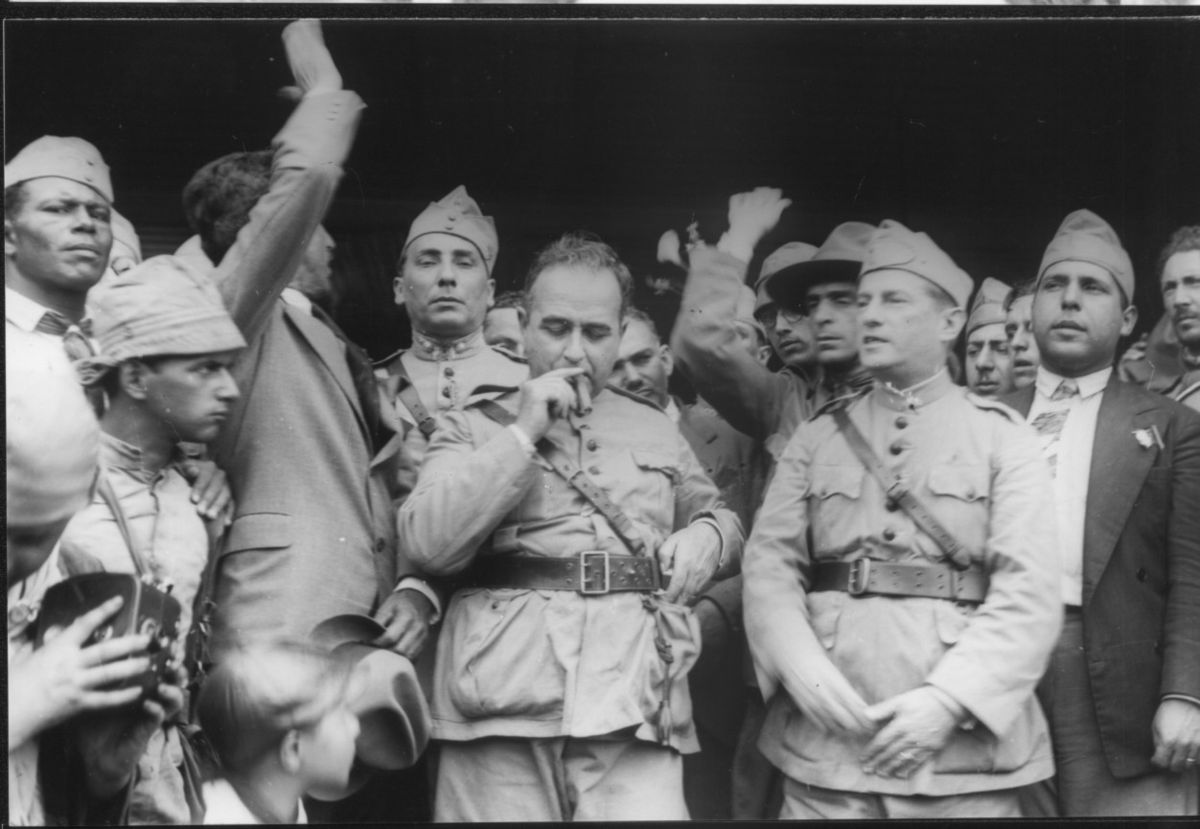
Brazilian Revolution of 1930
BrazilThe politics of Brazil in the late 19th and early 20th centuries were dominated by an alliance between the states of São Paulo and Minas Gerais, with the presidency alternating between the two states in every election. However, in 1929, President Washington Luís broke this tradition by choosing Júlio Prestes, also from São Paulo, as his successor, leading to the formation of a coalition of states, known as the "Liberal Alliance," which supported the opposition candidate, Getúlio Vargas, the president of Rio Grande do Sul. The alliance denounced the March 1930 presidential election, which Prestes won, as fraudulent. The assassination of Vargas's running mate in July sparked a rebellion in October led by Vargas and Goís Monteiro in Rio Grande do Sul, which quickly spread to other parts of the country, including the North and Northeast. The rebellion was joined by Minas Gerais within a week despite minor resistance. To prevent a civil war, the chief military officers staged a coup on October 24th, deposing President Luís and forming a military junta. Vargas then took power from the junta on November 3rd. He consolidated his power through transitory governments until establishing a dictatorship in 1937, which lasted until 1945.
